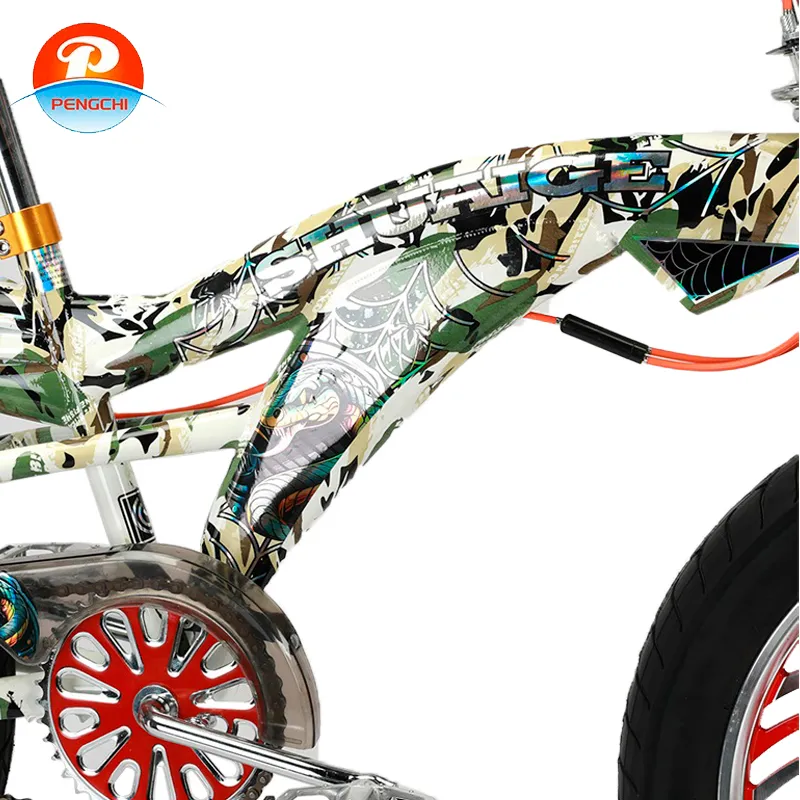
-
 Afrikaans
Afrikaans -
 Arabic
Arabic -
 Belarusian
Belarusian -
 Bengali
Bengali -
 Bulgarian
Bulgarian -
 Croatian
Croatian -
 Czech
Czech -
 Danish
Danish -
 Dutch
Dutch -
 English
English -
 Finnish
Finnish -
 French
French -
 German
German -
 Greek
Greek -
 hawaiian
hawaiian -
 Hebrew
Hebrew -
 Hindi
Hindi -
 Hungarian
Hungarian -
 Indonesian
Indonesian -
 irish
irish -
 Italian
Italian -
 Japanese
Japanese -
 Javanese
Javanese -
 kazakh
kazakh -
 Khmer
Khmer -
 Korean
Korean -
 Kyrgyz
Kyrgyz -
 Lao
Lao -
 Latin
Latin -
 Luxembourgish
Luxembourgish -
 Malay
Malay -
 Myanmar
Myanmar -
 Norwegian
Norwegian -
 Persian
Persian -
 Polish
Polish -
 Portuguese
Portuguese -
 Romanian
Romanian -
 Russian
Russian -
 Serbian
Serbian -
 Slovak
Slovak -
 Somali
Somali -
 Spanish
Spanish -
 Swedish
Swedish -
 Tagalog
Tagalog -
 Thai
Thai -
 Turkish
Turkish -
 Turkmen
Turkmen -
 Ukrainian
Ukrainian -
 Uighur
Uighur -
 Vietnamese
Vietnamese
অক্টো. . 10, 2024 19:42 Back to list
A Guide to Choosing the Perfect Bicycle for Your Needs
How to Pick a Bike A Comprehensive Guide
Choosing the right bike can significantly enhance your cycling experience, whether you're a seasoned cyclist or a beginner exploring the world on two wheels. With various types of bikes available, selecting the ideal one can seem daunting. This guide provides essential considerations to help you make an informed decision.
1. Determine Your Purpose
Before you start looking at different models, think about how you plan to use your bike. Is it for commuting, leisurely rides, mountain trails, or speed racing? Identifying the primary purpose will narrow down your options.
- Commuting If you need a bike for daily travel, consider a city or hybrid bike. These are designed for comfort and practicality, featuring fenders, racks, and lights. - Recreational Rides A cruiser bike is perfect for casual riding on flat terrains, while a hybrid bike can handle both paved and light off-road paths. - Mountain Biking If you're looking to tackle rugged trails, opt for a mountain bike. These bikes have wider tires, robust frames, and enhanced suspension systems for better handling on uneven surfaces. - Road Cycling For speed and efficiency on paved roads, road bikes with lightweight frames and narrow tires are ideal.
2. Find the Right Size
A properly fitting bike is crucial for comfort and performance. Most manufacturers provide size charts based on height and inseam measurements. It’s advisable to test ride several bikes to see how they feel and ensure you can easily reach the pedals and handlebars. Look for bikes with adjustable seat heights and handlebar positions, which can help customize a fit that suits you perfectly.
3. Choose the Right Components
how to pick a bike

The components of a bike significantly affect its performance. Here are key components to consider
- Frame Material Common materials include aluminum, carbon fiber, and steel. Aluminum is lightweight and affordable, while carbon fiber offers superior rigidity and shock absorption but usually comes at a higher price. Steel frames are durable and provide a smooth ride but can be heavier. - Brakes Decide between disc brakes and rim brakes. Disc brakes offer better stopping power and performance in wet conditions, whereas rim brakes are lighter and easier to maintain. - Gearing Consider the amount of gear you’ll need. More gears are beneficial for tackling varied terrains, while single-speed bikes are simpler and require less maintenance.
4. Set Your Budget
Bikes are available in various price ranges. Set a budget before you start shopping to avoid overspending. Keep in mind that investing a bit more in quality can lead to a better riding experience and a more durable bike.
5. Test Ride
Once you've narrowed down your choices, take the time to test ride a few models. Pay attention to how the bike feels as you ride. Check how well it accelerates, brakes, and handles turns. This step is crucial in ensuring you choose a bike you will enjoy riding.
Conclusion
Choosing the right bike is a personal decision that depends on your specific needs and preferences. By considering your purpose, sizing, components, budget, and test-riding options, you can find a bike that fits seamlessly into your lifestyle. Riding is not just about transportation; it can also be a source of joy and freedom. Happy cycling!
-
Red Black BMX Bike with GPT-4-Turbo AI Tech
NewsJul.31,2025
-
New Red Anti-theft E-Bike | Easy Ride City Commuter
NewsJul.31,2025
-
BMX 20 Inch Bikes for Freestyle & Street | Fat Tire Options Available
NewsJul.30,2025
-
322 High Quality 26 Inch 21 Speed Adult Mountain Bike OEM MTB
NewsJul.29,2025
-
Specialized Kids Mountain Bikes - Safe, Durable & Fun Riding Experience
NewsJul.29,2025
-
Little Kids Mountain Bike - Lightweight Bikes for Young Riders
NewsJul.29,2025

